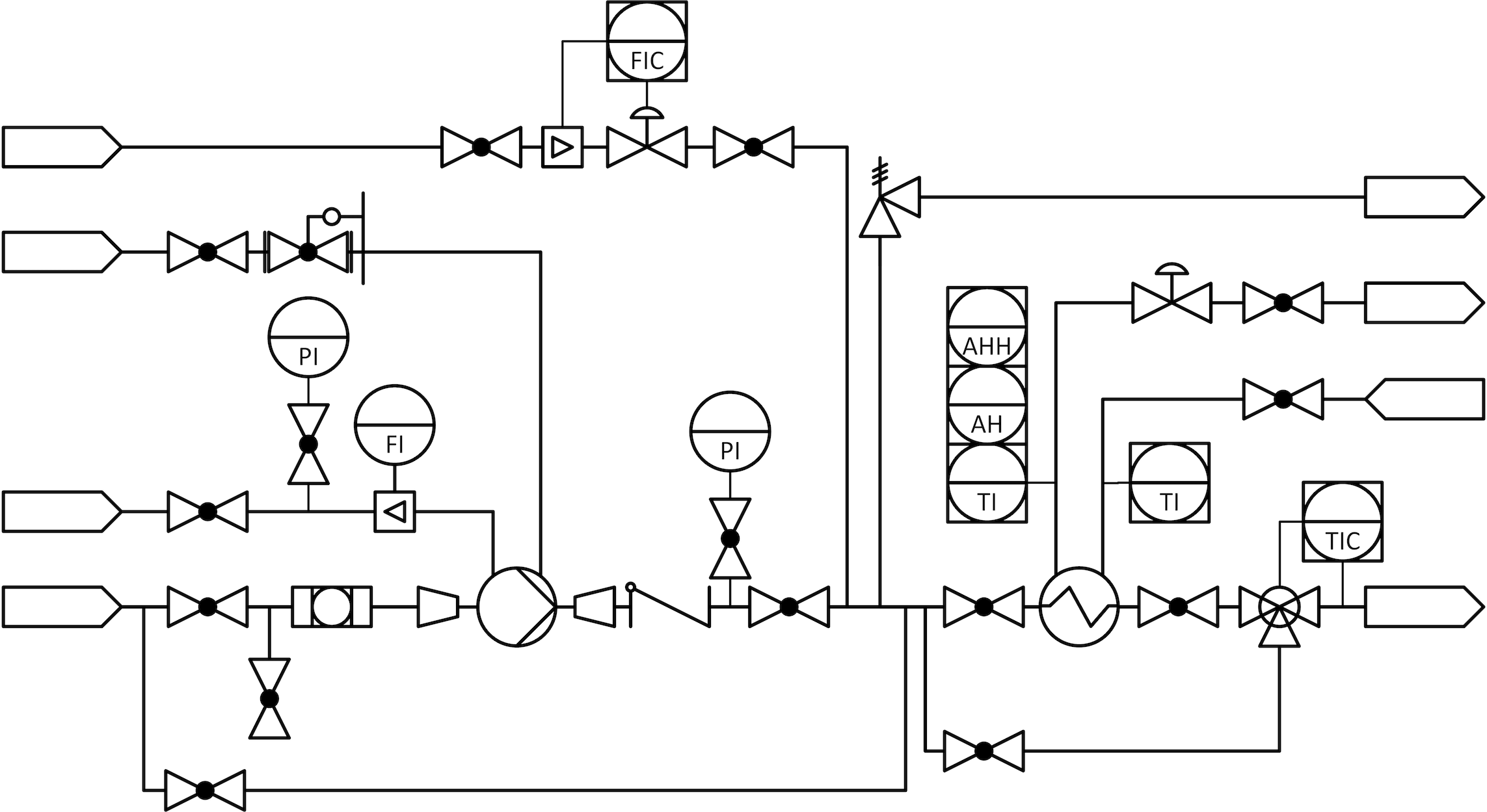Piping and Instrumentation Diagram

The piping and instrumentation diagram, shortened to PID, is a schematic depiction of the components, which the plant consists of. At the same time, it shows how the components are interconnected with each other and forms a visualization of the process concept. Within a plant building project, central information is shared via the PID between the parties involved in the execution process. The PID can be considered the centrepiece of the execution process, as the contained information is usually relevant for all parties and referenced by them all.
The PID is initiated at the very beginning, sees adjustment and development throughout the entire execution process up to construction and commissioning of the plant, and will potentially still be referred to for operation and service works decades after the plant was handed over to the operator.
The PID is the most important document of a plant building project. It reflects the quality of the execution process to a high degree and needs special care and attention. The PID is usually preceded by the creation of a process flow diagram.
Technical Data
Only a limited amount of technical data is given on the PID alongside the depiction of the components. Nominal diameter and nominal pressure values are considered a standard. The same applies for the set pressure of safety valves and rupture discs.
Component Identification
All the components depicted on the PID are marked by a unique identifier. This also applies to subroutines of the process control system, which are referenced on the PID, such as control loops.
